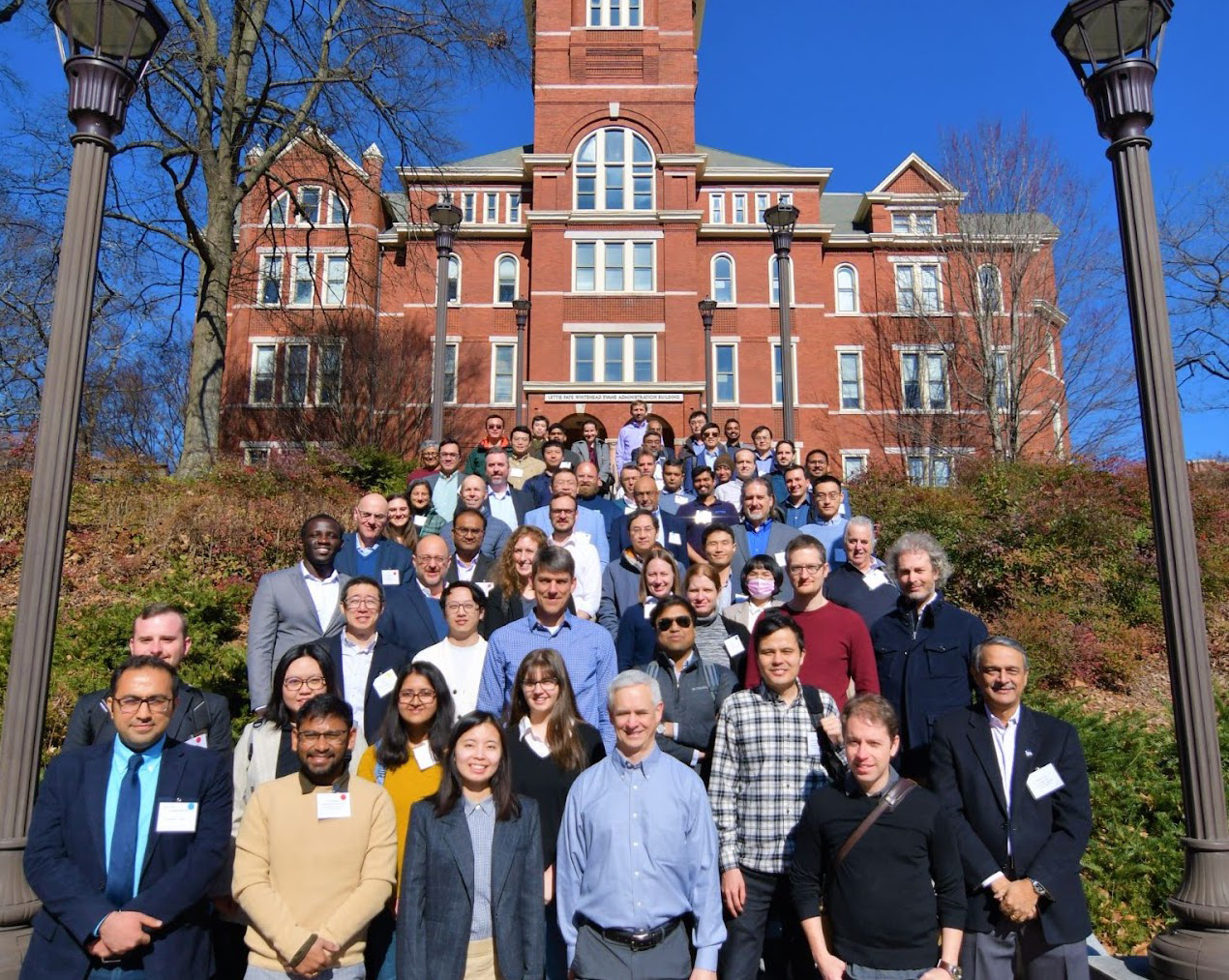Overview
By design, the traditional electric grid system poses problems with a large-scale renewable energy supply into the grid. To address the issue of stability, security and protection of the future grid, the U.S. Department of Energy has formed a consortium called UNIFI, or Universal Interoperability for Grid-Forming Inverters, consisting of leading researchers, industry stakeholders, utilities and system operators. ACEP is a member of UNIFI.
Grid-forming (GFM) inverter technologies automatically coordinate inverter-based resources (IBRs) such as wind, solar and battery energy storage to start up and maintain electricity on the grid. UNIFI focuses on advancing these technologies to effectively and efficiently integrate IBRs at any scale. UNIFI aims to achieve this by fostering an ecosystem of researchers, industry partners and other stakeholders to work collaboratively; by defining system-level guidelines and unit-level functions to prove vendor-agnostic interoperability of GFM technologies; and by conducting research, development, demonstration, and formulating effective mechanisms for workforce training.
UNIFI is led by the National Renewable Energy Laboratory (NREL) and includes 4 national labs, a nonprofit research institute, 12 universities, 8 utilities, 2 system operators, 6 inverter manufacturers and 3 software vendors.
The ACEP PSI team supports the UNIFI mission through various efforts: 1) developing test procedures for GFM; 2) demonstrating these test procedures at the PSI lab; 3) testing consortium-developed hardware and controls at the PSI lab and through controller-hardware-in-the-loop (CHIL) experiments; 4) developing models of isolated power grids based on Alaska systems; and 5) supporting the 1 MW demonstration to be performed at NREL’s Energy Systems Integration Facility.
This project began in January 2022 and will run through January 2027.
Background
At the current rate of growth in energy from renewables, inverter-based resources (IBRs) are changing the physics of the power system by substituting fast-response digital devices for traditional synchronous machines.
For decades, the fundamental physics associated with synchronous machines has shaped how we design, control and protect our power grids. Due to the rotational inertia of all the connected spinning machines, system frequency can be used as a proxy for real power balance. Hence, maintaining balance between supply and demand of power can be accomplished through frequency regulation.

By the same token, that inertia also limits how quickly frequency can change. In addition, the electromagnetic physics of these machines results in a relatively “stiff” grid. This means that the grid voltage is not likely to be significantly affected by normal system disturbances, but it also means that there will be large current flows during faults.
On the other hand, IBRs do not share these same physics. Moreover, most IBRs interfaced to the grid today are of the grid-following (GFL) type; the inverter synchronizes and follows a stiff grid.
As IBRs provide more power to the electric grid, they erode the same grid characteristics that they require to properly function, resulting in stability problems.
Grid-forming (GFM) inverter technologies automatically coordinate IBRs to start up and maintain electricity on the grid. In this scenario, IBRs do not follow the grid; rather, they form the grid and present better control across timescales. Because of this, GFM IBRs are widely viewed as being able to address some, if not all, of the concerns raised relating to operation, control and protection of converter-dominated power systems.
Since IBR response is almost entirely driven by controls rather than physics at the time scale of interest for power grids, however, it is important that we have agreed-upon functionality and performance guidelines to ensure reliable and efficient grid operations in the future. This level of stability and reliability is critical for a future 100% IBR grid as well as the transitional period involving a continued mix of synchronous machines and IBRs.

(Source: https://sites.google.com/view/unifi-consortium/home)



